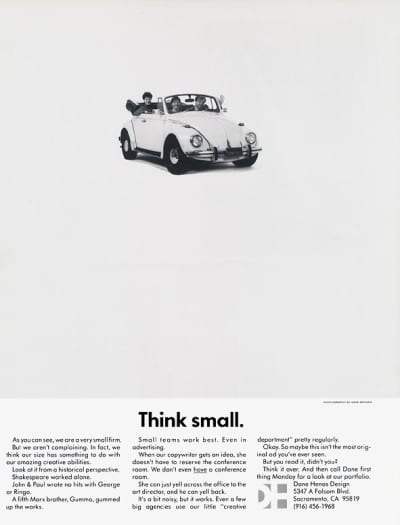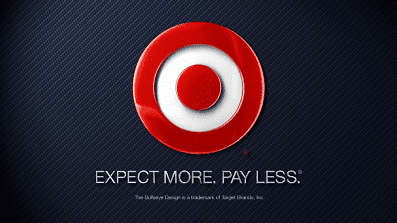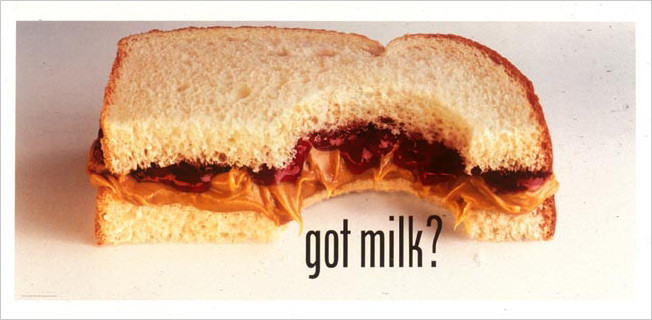Branding. A word that so many of us are familiar with, yet it remains to be an ever-evading mist that is extremely difficult to grab onto properly. You can see it, you can feel it, sometimes you can even smell it, but grasping it and using it in a way that benefits your organization is a challenging task, at best.
Though these steps seems simple, finding the perfect word, sentence, or symbol to completely encapsulate your brand and all that it stands for can give anyone a headache. In the hopes to help clear up some of this fog, we have gathered the six most important steps to take in order to create a recognizable brand that you can truly be proud of.
A Quick Recap…
A couple weeks ago, we posted about the first three steps to building a great brand. If you missed it, go check it out – it’s worth your time. Here’s a quick recap of the first three steps, though:
1. Define your values
2. Understand your customers
3. Determine where you fit in the big picture.
As helpful and significant as those steps are, they are only a small piece of the puzzle that is branding. These next three build on top of them and create more concrete, tangible messages that you will be able to attach to your brand across whatever marketing avenues you decide to venture down.
Step 4: Define Your Positioning Statement

A positioning statement is a concise statement describing your target market, the way you wish for them to perceive your brand, and the differentiating factors that make you stand out from everyone else. Though it is a short one or two sentence statement, it is vital that each word works for you in the exact way you need it to, especially since you have so few to catch their attention and draw them to act.
Your positioning statement will be the foundation for the rest of the messaging that you build out, so make sure it gives the exact message and holds the exact tone you wish to portray. If you are going to target more than one market, you’ll need to write a positioning statement for each market you’d like to pursue.
Guidelines for a good positioning statement
While you are creating your positioning statement, ask yourself:
• Is it clear, concise, and memorable?
• Does it address your exact target audience?
• Can your brand deliver on its promise?
• Does it define your unique selling point?
Formula for a good positioning statement
Positioning statements should all contain four main components:
1. Target market
2. Your brand promise
3. The market or industry you’re in
4. The reason to believe the brand promise
The layout should be something like this:
For [target market], the [brand] is the [unique selling point] among all [competitors] because [reason to believe].
Step 5: Write Your Value Proposition

Positioning statements and value propositions are often confused with one another. Though they are both brand-focused, they are two very different tools. Whereas the positioning statement defines where your brand fits into the industry, the value proposition is a promise of value to be delivered to your target audience. Knowing what benefits will motivate your customers the most is vital to create a top-notch value proposition.
Guidelines for writing a good value proposition
Value propositions are created for customers to better understand what your brand is and why they should buy your product, so the language, tone, and voice should reflect that.
Some guidelines to follow while writing your value proposition are:
• Use the proper language for your audience
• Make sure it’s clear and easy to understand
• Provide concrete examples of the results your customers can expect
• Clearly state how your brand is better than your competitors’
Step 6: Define Your Messaging
The simplest way to think of messaging is how you talk about who you are and why you exist as an organization. Brand messaging encapsulates the key points you want to make to your target audience every time you reach out to them. Brand messaging, sometimes referred to as campaign messaging, can be created for every audience and product/service you offer as well as every medium it will be communicated on (tradeshow marketing pieces, social media channels, presentations, radio etc.) The most important part of creating your message is ensuring that it resonates with your audience, compelling them to take an action. Your messaging, regardless of how much it is customized to fit a particular audience or medium, should always tie directly back to your brand.
Guidelines for messaging
A few guidelines to follow while creating your messaging strategy are:
• Know your audience – make sure it’s a message they want to hear
• Build around your audience – what platforms do they pay attention to?
• Create continuity – don’t confuse your customers with mixed messages
• Stay true to your brand – encapsulate your goals, promises and voice throughout
• Find your voice – use the same tone and language throughout
Types of messaging
There is a vast array of messaging techniques, but the ones you choose to focus on will depend on who your audience is and what messages they respond to. A few message types that are most common are:
Slogans
An informal sentence or motto that describes the brand’s mindset and can be frequently used throughout the rest of your marketing strategies.
Taglines
A formal line of copy that can be placed directly under the logo to evoke emotion or compel an action. Taglines and slogans are often the same thing, but you can choose to have both if you’d like.
Themes
A color, print, or pattern that exists across all marketing platforms to create instant recognition. When you think of the colors red and white, which brand comes to your mind? Coca Cola? How about green and yellow? John Deere? Creating a bond between a color scheme and your brand can create instant top of mind recognition.
Next Steps
You’re well on your way to creating a solid, five-star brand that will be recognizable from a mile away. There’s always a way to better your campaign, though, so stay tuned for our next post on how to monitor the perception of your brand and be sure to attend our CEO, Michael Myles’ presentation on this very topic at Moments of Change 2015.
Michael’s presentation, Branding In Addiction Treatment: A Blueprint, takes place on Tuesday, September 29 at 1:30pm in the Magnolia Room. For more information on the agenda for the event, please visit the event website. Other members of the active marketing team will also be on hand to answer your questions about branding in the addiction treatment industry in the exhibit hall. Just look for the “big red booth”! We can’t wait to meet you!

